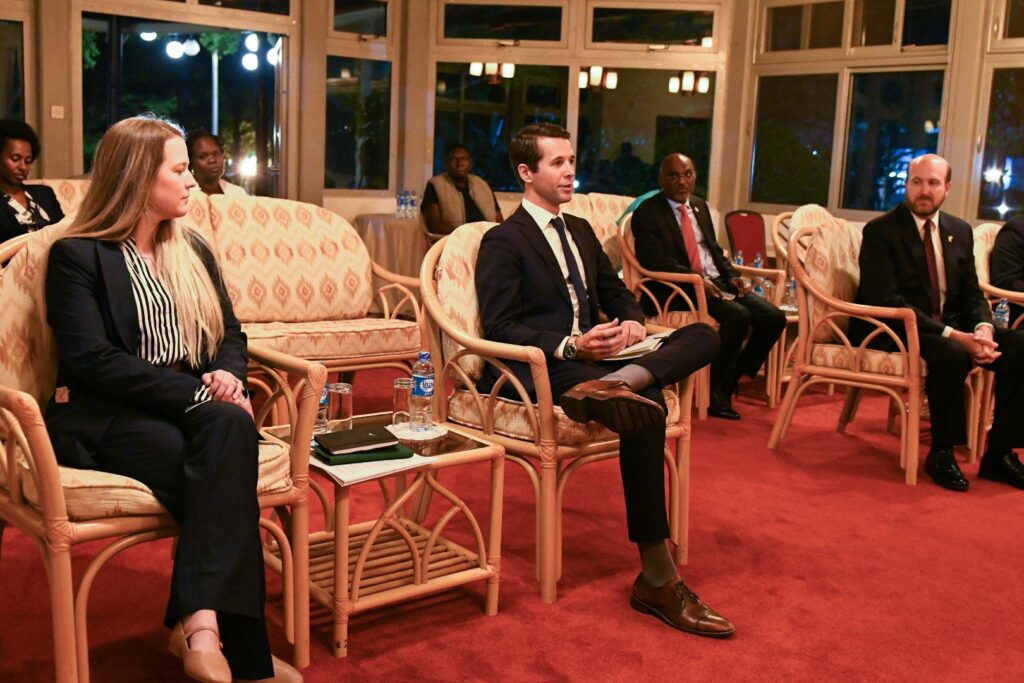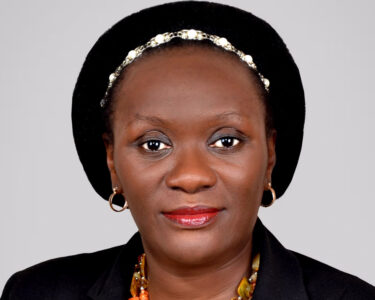Kampala, Uganda – Uganda is poised to experience a major leap in digital connectivity following the official welcome of Elon Musk’s Starlink internet services. In a significant milestone, President Yoweri Museveni hosted Starlink representatives Ben MacWilliams and Brandi Oliver at State House Nakasero to discuss how the SpaceX-powered internet service can help bridge Uganda’s digital divide.
Starlink, operated by SpaceX, delivers high-speed satellite internet via a constellation of low-earth orbit (LEO) satellites. Unlike traditional broadband solutions that rely on ground-based infrastructure, Starlink’s satellite-based system is especially well-suited for Uganda’s hard-to-reach rural communities and underserved regions.
President Museveni’s endorsement marks a critical step toward the realization of the Digital Uganda Vision, which aims to empower citizens through accessible, affordable, and reliable digital services. By offering low-latency, high-speed internet in areas long plagued by poor connectivity, Starlink could enhance e-governance, online education, telemedicine, and innovation ecosystems.

A Game-Changer for Rural Uganda?
Rural and remote areas in Uganda have historically been left behind in the digital revolution due to the high cost of laying fiber optic cables and the unreliability of mobile internet. Starlink’s ability to bypass such infrastructure with a plug-and-play satellite system presents a compelling solution.
However, optimism is tempered by real concerns about affordability. In Kenya, where Starlink has already rolled out, prices are seen as prohibitive for the average household. A standard hardware kit costs approximately UGX 1.36 million, while the more compact “mini kit” is priced at UGX 800,000. Monthly subscription fees range between UGX 120,000 and UGX 190,000. These figures raise serious questions about whether the technology is financially accessible to the broader Ugandan population.
Local tech analysts argue that for Starlink to truly transform Uganda’s internet landscape, partnerships with government and development partners may be necessary to subsidize hardware and monthly fees—particularly in schools, health centers, and local government offices.
What’s Next?
Starlink’s arrival is undeniably a step forward for Uganda’s tech and communications infrastructure. Still, its impact will largely depend on how the service is integrated into the national strategy and whether measures are taken to make it accessible to the masses.
As Uganda continues its journey toward becoming a fully digital economy, the country—and indeed the continent—will be watching closely to see whether Starlink can live up to its promise of inclusive, transformative connectivity.
Will Starlink revolutionize internet access in Uganda, or will it remain a luxury reserved for the few?






